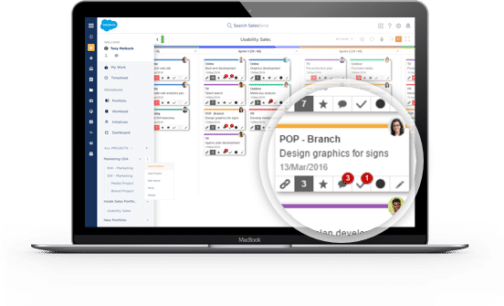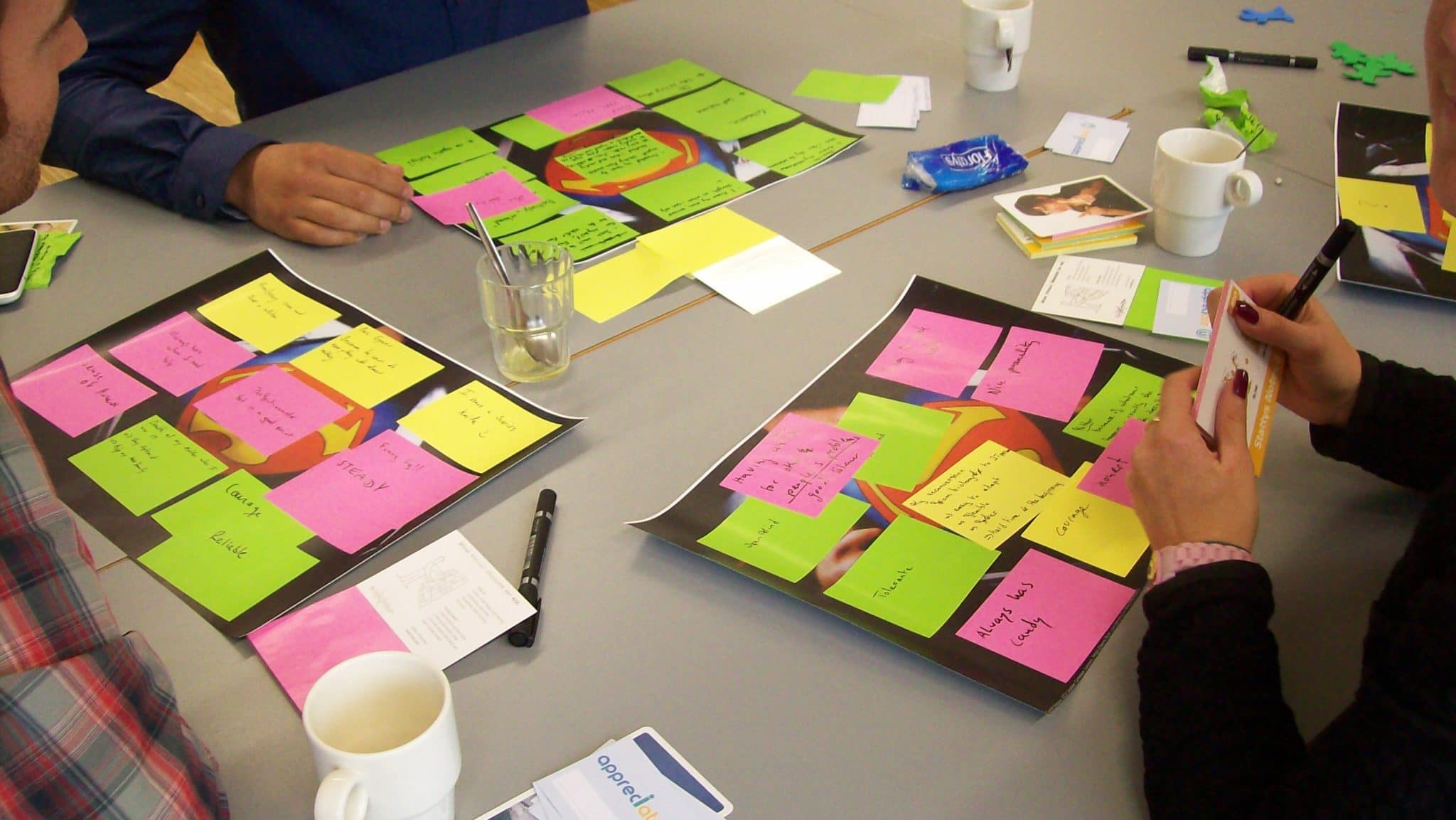For many years, lots of project management tools have been developed for specific work optimization purposes. Some tools worked perfectly, some didn’t, and others only work under specific circumstances, when subjected to particular variables. Of course, as technology continues to advance, people have discovered how to incorporate several tools to their work management techniques.
The Kanban Board is certainly among these tools, and adhering to its underlying principles of the Kanban approach can work to your advantage. Once again, just like other work optimization tools, it does not work for every situation. One advantage of the kanban card is the versatility it brings to your office and the way it helps you to optimize flow and move faster.
The term Kanban is a Japanese word that means a signboard. Taiichi Ohno of Toyota developed this system for purposes of inventory control and using the concept of just-in-time production to encourage lean manufacturing. The kanban boards are popular project management tool that takes advantage of agile software advancement systems. While the kanban methodology dates back more than 50 years, it is immensely popular amongst today’s corporate companies.
In the late 1940s, Toyota started to optimize flow in the engineering processes based on the same model that supermarkets were utilizing to equip their racks. Supermarkets stock just enough items to meet the consumer demand, a practice that enhances the circulation between the supermarket and the customer. Since stock levels match consumption patterns, the supermarket gains considerable efficiency in stock management by decreasing the amount of excess stock it should hold for any offered team. This technology helps the supermarket to save on storage space and reduce work at the inventory store. Meanwhile, the supermarket can still guarantee that the items required by the customer are always in stock.
These visual tools can enhance your workflow in ways you may have never thought possible. The first thing you need to know about the kanban card is that there are two different types typically utilized to enhance workflow. These two types of kanban cards are physical boards that consist of sticky notes, index cards, or a whiteboard display and virtual boards that are hosted online. Usually, physical boards are used by central teams that see each other face-to-face on a regular basis, while online kanban boards are suggested for remote groups. An online kanban board can work for you and your team. By using the virtual workflow boards in your workplace, you will enjoy the following benefits:
Include your existing system
You do not have to start from scratch to apply the Kanban procedure. Kanban can be quickly overlaid onto your current job and processes. It is vital to start with what you do now and pursue incremental and evolutionary modifications along the way. Kanban is incremental by nature and therefore, concentrates on making small, continuous modifications to existing procedures that can be easily tracked. Major overhauls of processes are discouraged as large scale modifications tend to create tension and resistance.
Acknowledge the procedures and assign roles to every player
Kanban acknowledges that your current procedures have value and doesn’t mandate that existing procedures be changed. Rather, Kanban introduces small, incremental modifications in your current processes to contribute toward the overarching objective of continuous enhancement. Your group will react more readily to small modifications rather than monumental changes.
Implement the principles of management
In Kanban, leadership is not the domain of the management team. Rather, the entire group is accountable for cultivating kaizen, a state of mind that encourages self-improvement and finding alternative ways to deal with workflow optimization programs. Any ideas that might aid in the implementation of such a process are always welcome.
Determine the tasks and milestones
The goal of a Kanban system is to restrict the amount of work in any procedure by matching the related tasks and allocating time to every task. It is important to ensure that the work flowing through the system matches its capacity. In other words, a system can just handle so much traffic efficiently without compromising the other tasks and steps in the process. When the system is overloaded with work, the speed can be compromised, and a logjam can affect the smooth flow.

Envisioning the implementation process is only one of the advantages of the Kanban board. Kanban transforms your operations from manual methodologies to visual workflow optimization tools that are more powerful. Such a tool assists you to save time by combining several tasks. In the end, you see how your work progresses and gather the tools you need to improve the workflow. Seeing the work development progress across the Kanban Board is key to optimizing workflow and exposing the various bottlenecks in the pipeline. When staff member can quickly identify an issue, they can take particular steps to resolve the problems and put the workflow back on track.
Limit the work in progress
The WIP column plays a central function in the Kanban process. Restricting the number of tasks in progress forces the team to concentrate on a minimal number of tasks and drive work to completion. Focusing on a few tasks ensures that the team does not compromise the efficiency.
Fine-tuning
By tracking and examining the cycle times regularly, it is possible to fine-tune the major discrepancies in the system. refining the implementation process seems to simplify everything, making it easier to achieve the projected goals.
Achieve your goals easily
Kanban groups also help you to develop a smooth transition from one step to another by eliminating the impediments that can halt the process. The Kanban system allows you to control every nuance of the operation from start to finish. Since you will anticipate the problems that could arise along the way, it is easy to think about the solutions beforehand. Developing a clear set of objectives from the onset and developing a concise method of operation is the key to success. This system ensures that you do not lose track of your original goals during the hectic and unpredictable implementation process.






